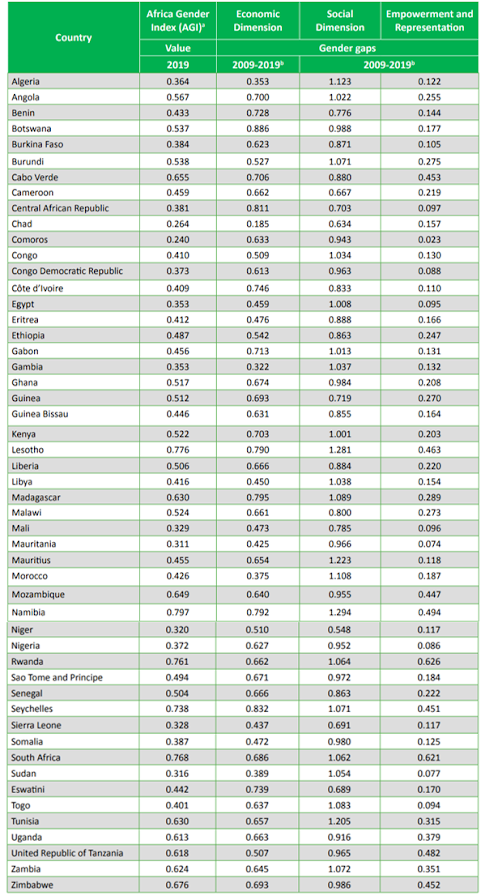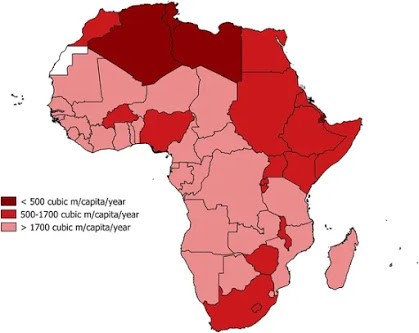Why climate action needs women
It is hard to talk about the
relationship between water and gender without acknowledging the climate crisis we
are currently facing. A changing climate affects everyone, however women are
often more likely to be displaced as a result of climate change(UNWomen,2009). Many
development policy approaches fail to recognise the gendered nature of everyday
realities and experiences (Rao,2016).
Therefore,
there is a need for gender sensitive responses to the effects of climate change.
Climate change in Africa
Climate change will have serious implications for development
prospects in Africa. The Climate in Africa report states how extreme
weather events from tropical cyclones Idai and Kenneth to droughts and heavy
rainfall that affected southern Africa and in the Greater Horn of Africa will become more frequent (WMO,2019).
Continued
warming temperatures, rising sea levels and extreme weather events are just a
snapshot of the rapidly rising longer term climate related risks associated with
global warming (WMO,2019). This will be further exacerbated by land use changes,
high natural variability, human extraction of resources, which will place
stress on Africa’s water resources. While the visible impacts of climate change
can be seen in the physical environment, such as through changing weather
patterns, deforestation and soil erosion, flooding and drought, it will also have
implications in social, economic and political spheres effecting livelihoods and
food and water security (UNPRI,2014). Civil wars, failing governance systems and
inequality, can further increase vulnerability to the impacts of climate
change. Women because of a lack of social and economic autonomy are less
mobile and therefore, cannot move as a way to adapt to climate change(WEFORUM,2018).
For example,
in Kenya,
climate change will result in increased intensity rainfall. People
living around mount Kenya for example need water for agriculture and rely on
the ice caps at the mountain. However, because of increasing temperature the
ice caps are melting away and therefore finding it difficult to sustain agricultural
yields.
In Chad during the dry season, men go to towns, leaving women to look
after the community, with dry seasons now becoming longer, women are finding it
harder to look after families, and so becoming more vulnerable(BBC,2018).
Grassroots women from 11 African Countries sharing resilience techniques(UNDP)
In the video above, women talk about ways in which they build resistance. What is notable is that it isn’t always technology that is the solution. one way that they are finding sources of heat for cooking is using cow dung, something which my mother growing up in a village also recollects, collecting on sticks which is then dried and then used to create a fire for cooking. This emphasises, that it is not just necessarily technological solutions to climate change that can provide a form of resilience but also, techniques and methods that can utilise local resources.
Women’s knowledge and intimate understanding of local environments is crucial to increasing resilience and creating adaptive changes. Recognise that their roles and behaviour are embedded in the environment and are individuals who can contribute and benefit from climate adaption.
While mitigation and adaptation is becoming a key policy priority, a gendered perspectives is needed within this to ensure, through ensuring women are involved directly with decision makers and development partners. Furthermore, it is important to gear adaptive action towards increasing the adaptive capacity of women through assets and creating pro poor solutions.



Comments
Post a Comment